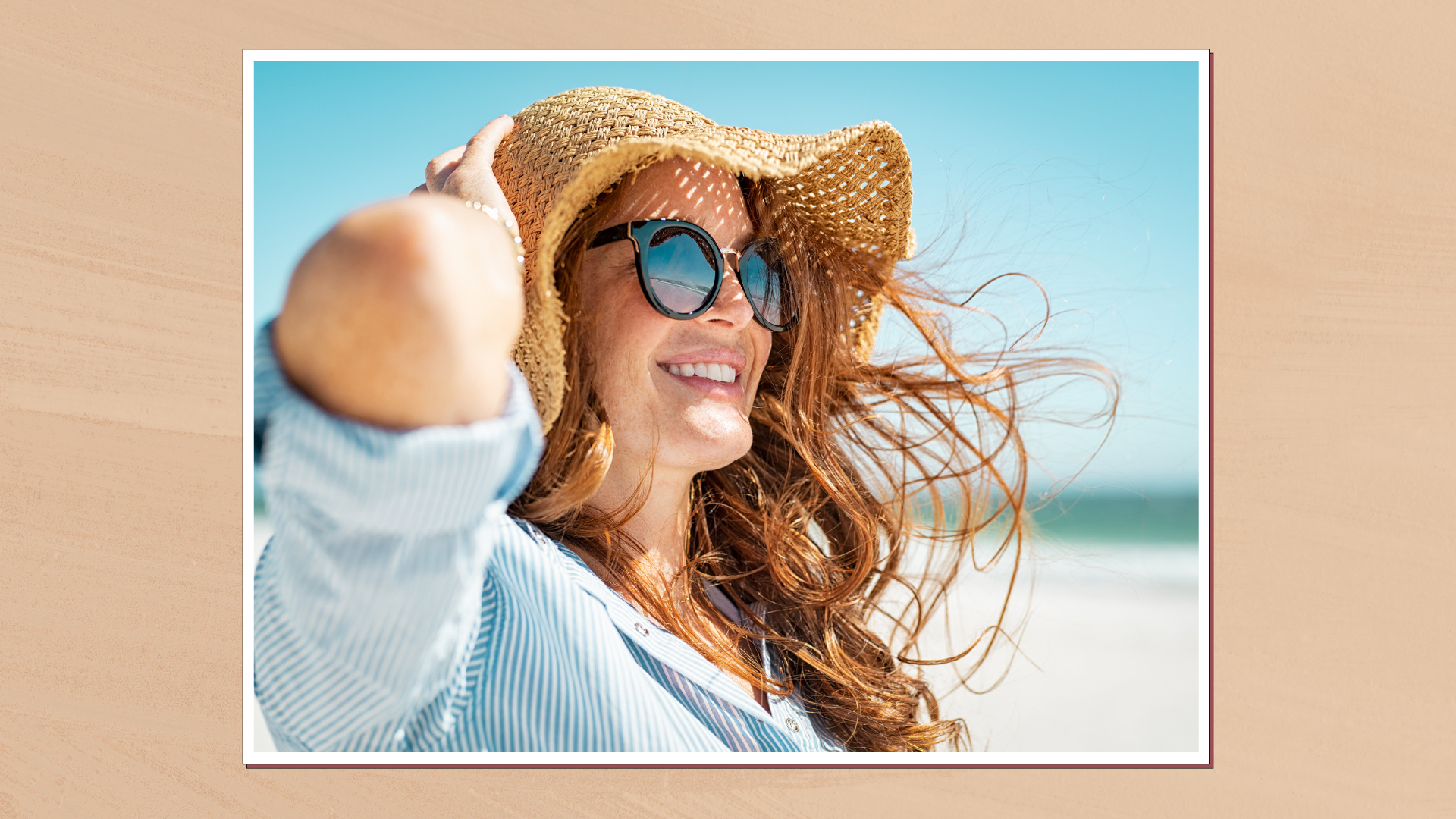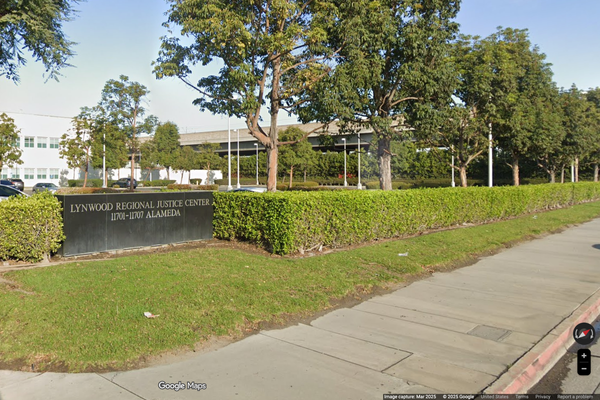
At nearly 33, I’ve spent most of my adulthood committed to staying out of the sun, due to concerns about skin damage and physical ageing. But after spending the past year in Australia, my relationship with the sun has started to transform…
It’s not something I’m particularly proud of, but the culture of spending time at the beach and embracing tan lines here has affected my psyche. Don’t get me wrong, they take sun protection very seriously in Australia – as do I, always wearing my best facial sunscreen and factor 50 religiously on my body – but my sun exposure has naturally increased because of this lifestyle.
During the summer months, I got into some bad habits, lying in the sun either at the beach or on my balcony. I always slathered up with high-factor sunscreen and took precautions (wearing a hat, keeping my face in the shade and sun cream re-application) and I never burnt. But it got me wondering whether any form of sunbathing could ever actually be safe. I spoke with top skin and sun care experts to get a definitive answer – perhaps one that would encourage me to change my ways…
My expert guide to tanning, burning and true sun safety
We all know that burning is bad; alarmingly, according to the Skin Cancer Foundation, five or more sunburns more than double your risk of developing potentially deadly melanoma.
But our attitudes towards tanning are less clear; according to a SmoothSkin study on SPF myths, 1 in 9 Brits don’t mind getting sunburnt because they believe "it turns into a tan.” In addition, the research found that 1 in 7 of those surveyed answered yes when asked, does spf prevent tanning.
So, let’s clear things up once and for all. Is there a difference between tanning and burning? And is the former any 'better' for you than the latter?
What's the difference between tanning and burning?
In a word, no. “Both tanning and burning cause DNA damage to cells,” says Dr Clare Kiely, consultant dermatologist and co-founder of The Skin Diary. They just do it in slightly different ways, over varying timeframes:
“When you tan, your body produces more melanin as a way of protecting itself from UV exposure,” she explains. In other words, a tan is still your skin's response to being damaged. “Tanning is controlled damage, with it happening more slowly and cumulatively. Burning is a more acute response to damaged cells, triggering an inflammatory response.”
Is it ever safe to tan?
Unfortunately for us tan-lovers, it looks as though a ‘natural’ tan from the sun should never be the goal. “Tanning is never safe and there is no safe way to do it,” explains Kiely. “That’s because a tan, by definition, is your body’s response to DNA damage.”
Even for those who enjoy an occasional lie-out in the sun, there are risks, particularly over time. Fraser Wilson, founder of skincare brand dussl, adds: “UV damage is cumulative. Occasional tanning, even a few times a year, can compound and add up over time. It contributes to premature ageing, pigmentation issues, and long-term skin health risks.”
How to minimise the risk
There are occasions when you’ll experience sun exposure more than normal, like holidays in warmer climes, with more skin exposed. When I surf in hot countries, I try to cover as much skin as possible, but in Australia it’s too warm for wetsuits, and I tend to catch more sun while out in the water. The key is to take all possible precautions to reduce your UV exposure and protect your skin.
“If you’re spending time in the sun, take it seriously,” says Wilson. “Apply broad-spectrum SPF 30 or higher every day (and reapply every two hours in full sun) and avoid spending time in full sun during peak sun hours (11am–3pm).”
Ensure you are wearing enough sunscreen. “SPF is only effective if used properly. You need two finger lengths for the face and around six full teaspoons (about a shot glass) for the body. Don’t forget often-missed areas like ears, neck, scalp, and the backs of hands,” says Face The Future's head of clinic, Kimberley Medd.
Here are some of my hero suncare buys...
RRP: £24.80 for 50ml
Recommended by Medd as one of her favourites from Face The Future, this oil-free formula will protect skin at the highest level.
RRP: £24 for 70ml
Hello Sunday’s latest offering is a mineral-version of its bestselling The Everyday One, which is non-comedogenic, making it one of the best sunscreens for oily skin as it won’t clog pores.
RRP: £14.99 for 150ml
In my opinion, Aussie brand Bondi Sands does some of the very best affordable suncare in the game. Its latest body formula comes in a lightweight serum texture.
Remember, you should always be prioritising sun protection, even when you’re in the UK. “At Face The Future, we launched our '365 Days of SPF' campaign to help reframe how we think about protection because damage doesn’t just happen on sunny days or beach holidays. UVA rays are present 365 days a year and can penetrate clouds and glass,” explains Medd.
As for your tan? It’s absolutely best to stick to a fake one and use the best self tan instead. With the incredible range of textures, shades and application techniques available these days, you have ample options. From now on, I’ll be reaching for the bottle and prioritising staying out of the sun whenever possible.
RRP: £43.90 for 200ml
Like a deep tan? Bali Body’s newest mousse is designed for those who want a serious glow.
RRP: £34.99 for 150ml
For those who prefer a lightweight water formula, Three Warriors’ mist is easy to use and feels undetectable on skin.
RRP: £7.49 for 400ml
Build a natural-looking tan over time with one of the best gradual tan formulas. Palmers’ Cocoa Butter bestseller has just been reformulated – and it’s better than ever.







